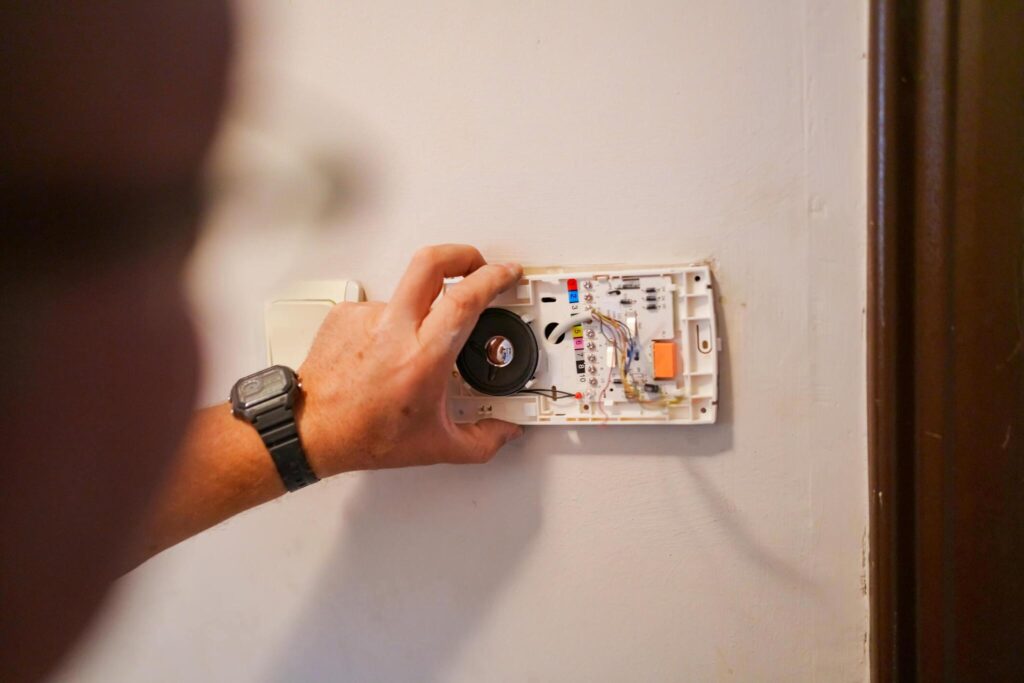Intercom wiring
Intercom systems have become an integral part of modern residential and commercial properties, providing convenience, security, and communication between different areas of a building. Understanding intercom wiring is essential for installation, maintenance, and troubleshooting of these systems.
Intercom wiring typically consists of several components, including the master station, substation, doorbell, and sometimes external communication devices such as phones or computers. Each component requires specific wiring to ensure proper functionality.

The most common type of intercom wiring is known as two-wire or four-wire systems. In a two-wire system, a single pair of wires is used for both power supply and communication. This simplifies installation but may limit the distance and quality of communication. Four-wire systems, on the other hand, use separate pairs of wires for power and communication, allowing for better audio quality and longer distances between components.
When installing intercom wiring, it’s crucial to follow manufacturer guidelines and local building codes. Proper cable selection, routing, and termination are essential to ensure reliable performance. Shielded twisted pair (STP) or unshielded twisted pair (UTP) cables are commonly used for intercom wiring due to their ability to minimize electromagnetic interference (EMI) and crosstalk.The master station serves as the central control unit of the intercom system, typically installed in a central location for easy access. It is connected to the power source and other components via the wiring network. Substations, located in different rooms or areas, are connected to the master station through the wiring to enable communication between users.
In addition to internal communication, intercom systems often incorporate doorbell and door entry functionalities. External door stations, equipped with a microphone, speaker, and sometimes a camera, are connected to the intercom system through dedicated wiring. When a visitor presses the doorbell, the intercom system notifies occupants inside the building, allowing them to communicate with the visitor and remotely grant access if necessary.
Proper labeling of wiring connections and documentation of the installation layout are essential for future maintenance and troubleshooting. In larger buildings or complex intercom systems, using color-coded wires or labeling terminals can simplify identification and reduce errors.


